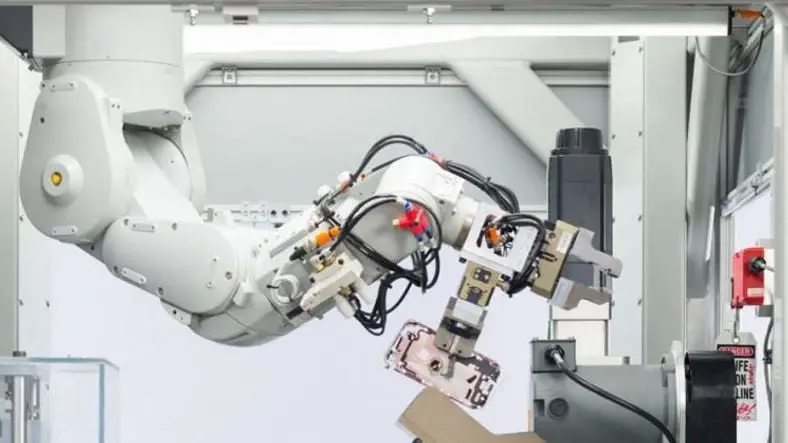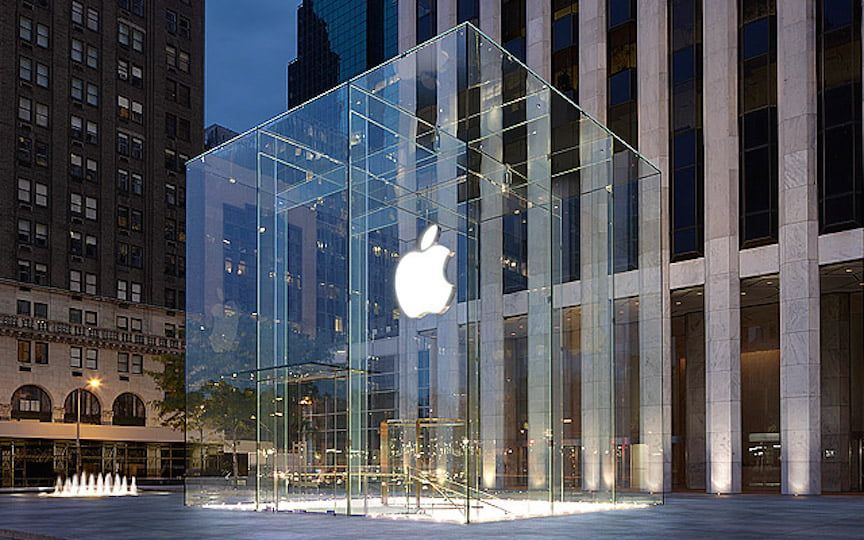Apple sues its recycling partner GEEP Canada. More than 100,000 Apple devices that should have been disassembled and recycled have ended up on the second-hand market. Why did Apple want to destroy them if these devices were working?
Thousands of smartphones are thrown away every year. A device that is not only highly polluting but also contains an abundance of precious metals. Apple recycles hundreds of thousands of smartphones and tablets every year, extracting valuable metals and working parts, and throwing away the rest. To do this, it uses specialized companies such as GEEP Canada, which it has denounced for reselling more than 100,000 devices that it should have destroyed.
- 13 companies merged to protest 30% tax rate of Apple
- Apple iPad Pro 2020 and Magic Keyboard review
- How to measure blood oxygen level with Apple Watch?
Apple has its own recycling machines like Daisy and Dave, but they’re not enough for the thousands of broken devices that the service receives. So Apple hires outside companies like GEEP Canada to recycle and destroy them. But Apple has filed a complaint accusing GEEP of stealing 103,845 iPhones, iPads, and Apple Watches, selling on the secondary market instead of destroying.
Apple sues its recycling partner GEEP Canada, according to this complaint, the Canadian company received about 500,000 devices from Apple for recycling, between 2015 and 2017. But during an audit, Apple discovered that 18% of them were still connected to their network when they should have been destroyed. Considering that many iPads and Apple watches do not have a cellular connection, the percentage is likely to be higher.

GEEP Canada has denied that but does not deny that they are indeed on the market. GEEP Canada assures that they were stolen by three employees of the company. But Apple’s claim is that the thief was the senior manager of the company.
Beyond the existence of the crime, the question many people ask is why Apple wanted to destroy more than 100,000 devices that are still working, as shown by the fact that they have been sold on the second-hand market.
Apple says that “products sent for recycling are no longer suitable for sale to consumers and if rebuilt with counterfeit parts, they could cause serious safety issues, including electrical or battery defects.”
Many recycling specialists would disagree with that, and if a smartphone is recoverable by installing other equivalent parts, it doesn’t have to be unsafe or dangerous to health.
But this is Apple’s policy, which as we say has nothing to do with the serious fact that a company hired to recycle supposedly keeps more than 100,000 devices and decides to resell them. Apple sues its recycling partner GEEP Canada and seeks to gain more than $22M from them.





